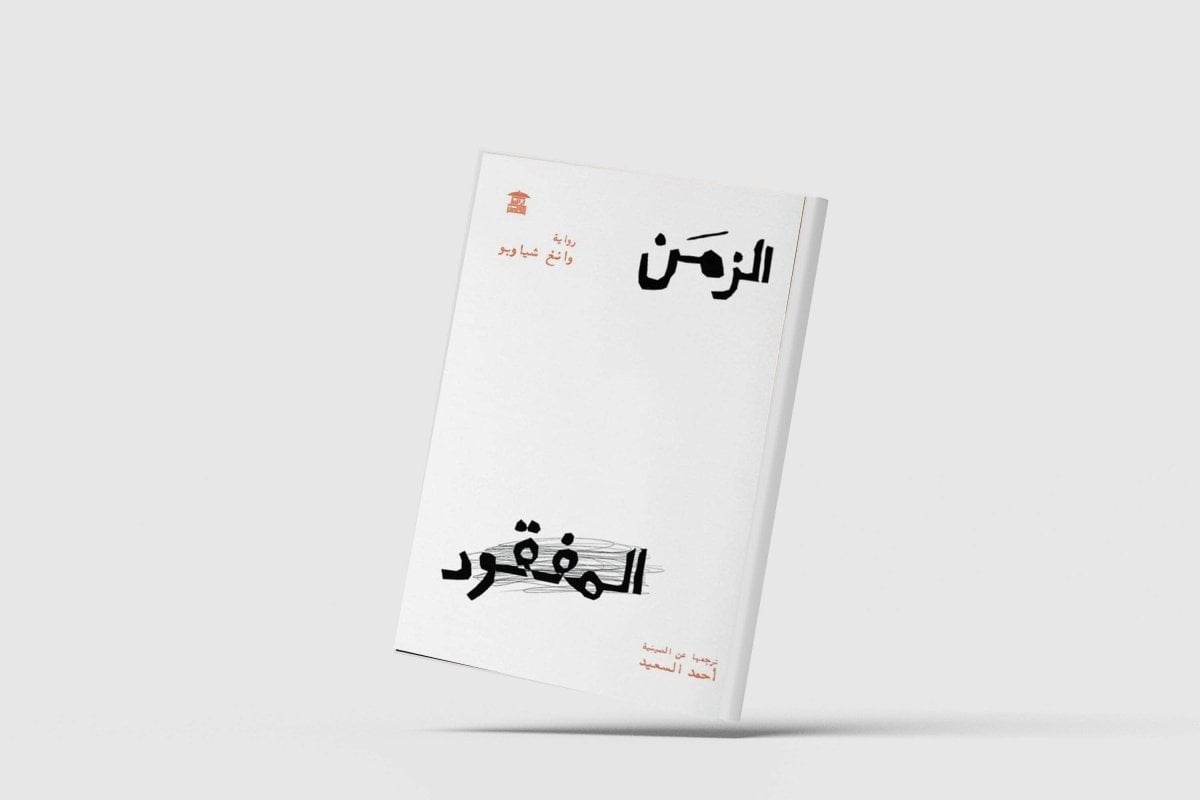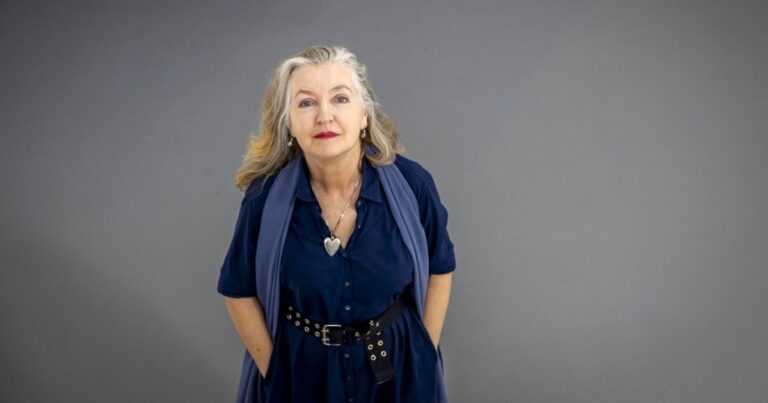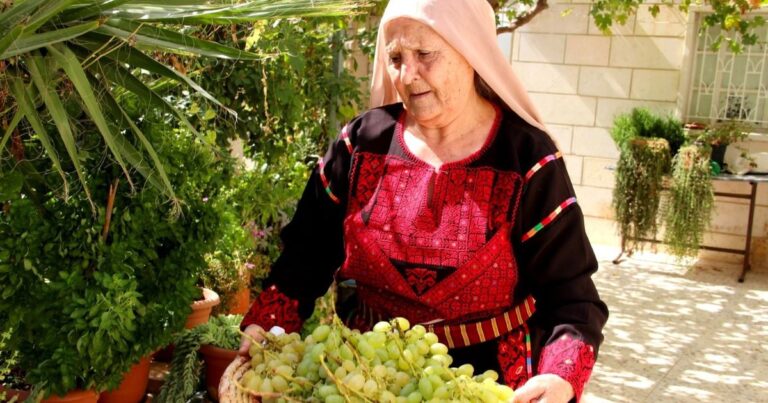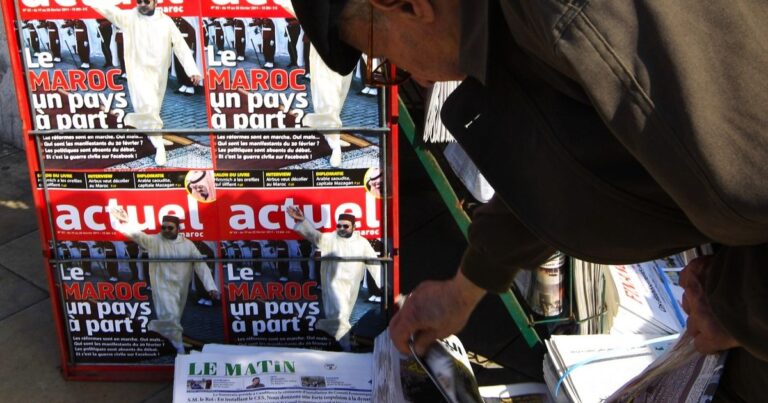“Lost Time” … A Chinese Novel about the Concerns of the Common People
The National Museum of Bahrain in Manama houses a vast collection of ancient tombstones adorned with human-like engravings, including a distinct tombstone depicting a young boy holding a bird and a bunch of grapes. This tombstone, known as “Al-Maqshaa”, was unearthed in an ancient cemetery adjacent to the village of Maqshaa, located west of Manama, about 5 kilometers away. Discovered in the early 1990s during local excavation missions, this limestone tombstone measures 36 centimeters in length and 16 centimeters in width, featuring a rectangular block with a hollow center topped by a horizontal crescent area. Two protruding columns flank this block, topped by cuboids forming minimalist crowns. Above these crowns rests the horizontal crescent, forming what is known in the classical Greek art vocabulary as the “Victory Arch.”
In the center of the hollow space, beneath the Victory Arch, stands a human-like figure resembling a half-statue, representing a young boy standing firmly, raising his left hand towards his chest cradling a large bird, likely a dove. The right arm is attached to his chest, extended vertically, grasping a cluster of grapes made up of large clustered grains. The attire is simple, resembling a tunic held in place by a thin knotted belt around the waist known as the “Ferthi,” named after the formidable Ferthean Empire, a significant political and cultural force in ancient Persia that influenced both the Greek and Roman worlds. The geometrically patterned fabric features vertical lines imprinted on the chest and legs, veiling the body joints, with small horizontal lines wrapping around the right arm, forming folds of the traditional garment. The head, with a broad and short neck, features an oval face with prominent cheekbones, almond-shaped empty eyes with broad eyebrows, a broken nose, concealed ears, and small pursed lips separated by a simple cleft. The hair is depicted here as a series of circular blocks arranged in a tidy manner around the head, enhancing the facial structure’s stability and nobility.
The composition of this tombstone is unique in Bahrain’s funerary art, particularly due to the distinct presence of the bird and the cluster of grapes. It echoes a widely used motif in the ancient city of Palmyra, the bride of the Syrian desert, known for its rich cultural heritage. This city was a vibrant center historically, thriving due to its strategic location at the intersection of various trade routes, embodying a unique cultural fusion. Palmyra employed its own Aramaic language and used Greek in its commercial and political dealings, embracing various religions, including Semitic, ancient Arabian, Greek, and Roman faiths, which manifested in its architectural and funerary arts blending Greek, Hellenistic, and Eastern artistic styles into a distinctive local form.
Palmyrene funerary sculpture adhered to Eastern principles, emphasizing frontal poses and delineated lines for individuals and features. Palmyrene sculptors widely utilized soft limestone, shaping half-statues and rectangular slabs depicting families or funerary scenes like the “Funerary Banquet,” featuring a grave bed dominating the tomb or a section of it. These Palmyrene sculptures, affixed to tomb facades, shared common characteristics, such as standardized facial features and non-dynamic decorative garment line engravings. The faces appeared forward-facing, portraying fixed models like the feminine face, bearded male face, clean-shaven male face for priests, and childlike face for the young deceased. Additionally, these tombstones carried inscribed names, ages, and a local phrase meaning “Alas” for the departed.
This tombstone found in the early 1990s during local missions mirrors the widespread theme of a young boy carrying a bird and a bunch of grapes, demonstrated in various similar examples preserved across different museums. Notably, the Louvre Museum houses a rectangular tombstone resembling this composition, featuring a large bird peeking out between the fingers of the hand grasping it. In all these Palmyrene works, a young boy with an attractive face donning the traditional Ferthi garment is depicted, underscoring symbols relating to death and the immortal soul, encapsulating a specific aspect of short-lived life. These symbolic elements likely originated from the Greek world, where younger male figures, often alongside young females, prominently display birds and grapes in their hands. One such renowned statue preserved in the National Archaeological Museum in Athens depicts a standing young girl, lifted right leg in a poised stance, holding a bunch of grapes in her left hand and a bird in her right hand, likely resembling a swan.
In conclusion, these symbolic elements likely harken back to the Greek world, where they often accompany young figures, particularly young girls. The global prevalence of these motifs in different regions—such as Palmyra, Bahrain, and glyphs found in other museums—underscores the shared cultural elements and artistic traditions across diverse civilizations, enriching our understanding of ancient funerary practices and beliefs.
عدد المصادر التي تم تحليلها: 6
المصدر الرئيسي : aawsat.com
post-id: d617f4ea-42ea-4fec-b780-f219c760024a







